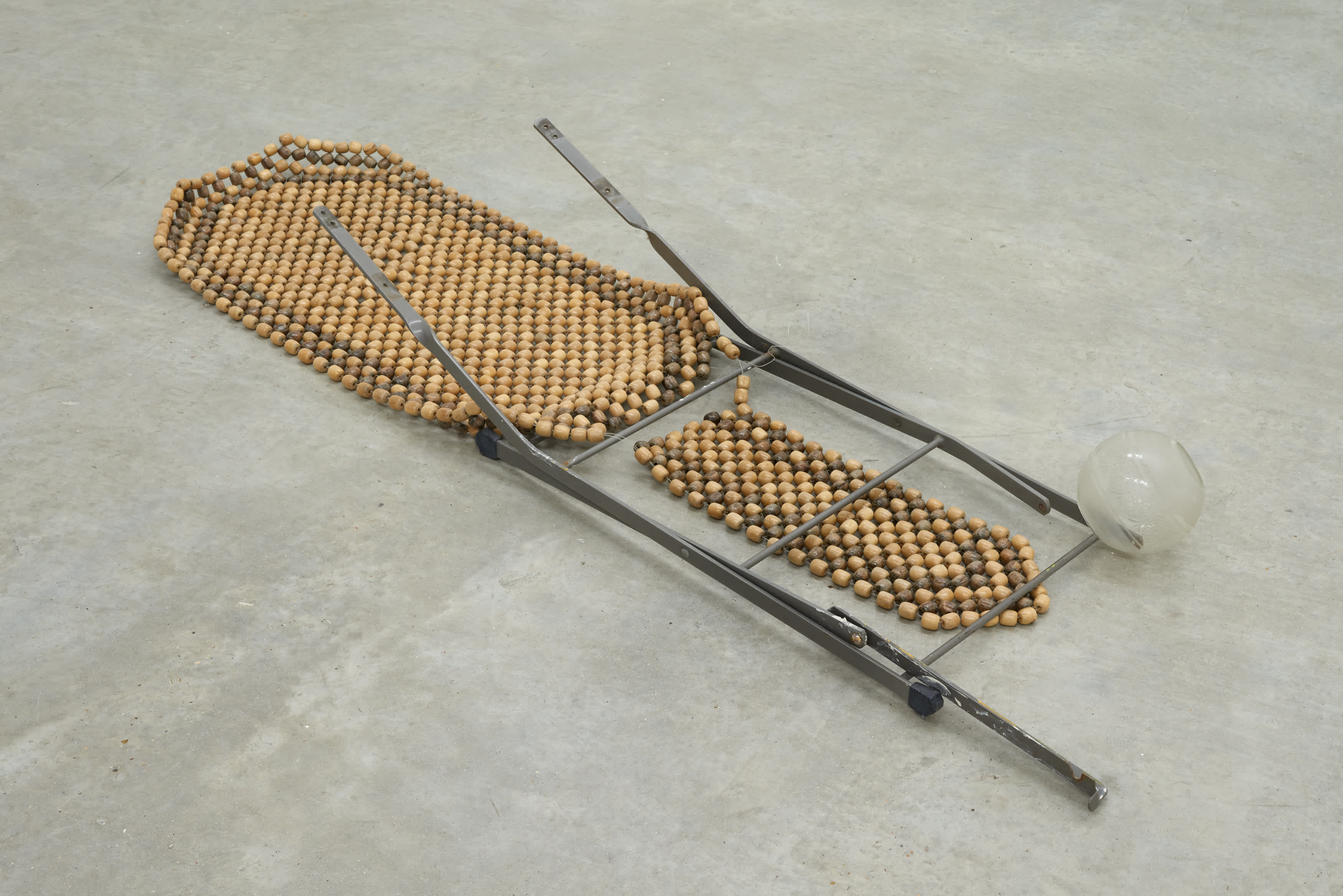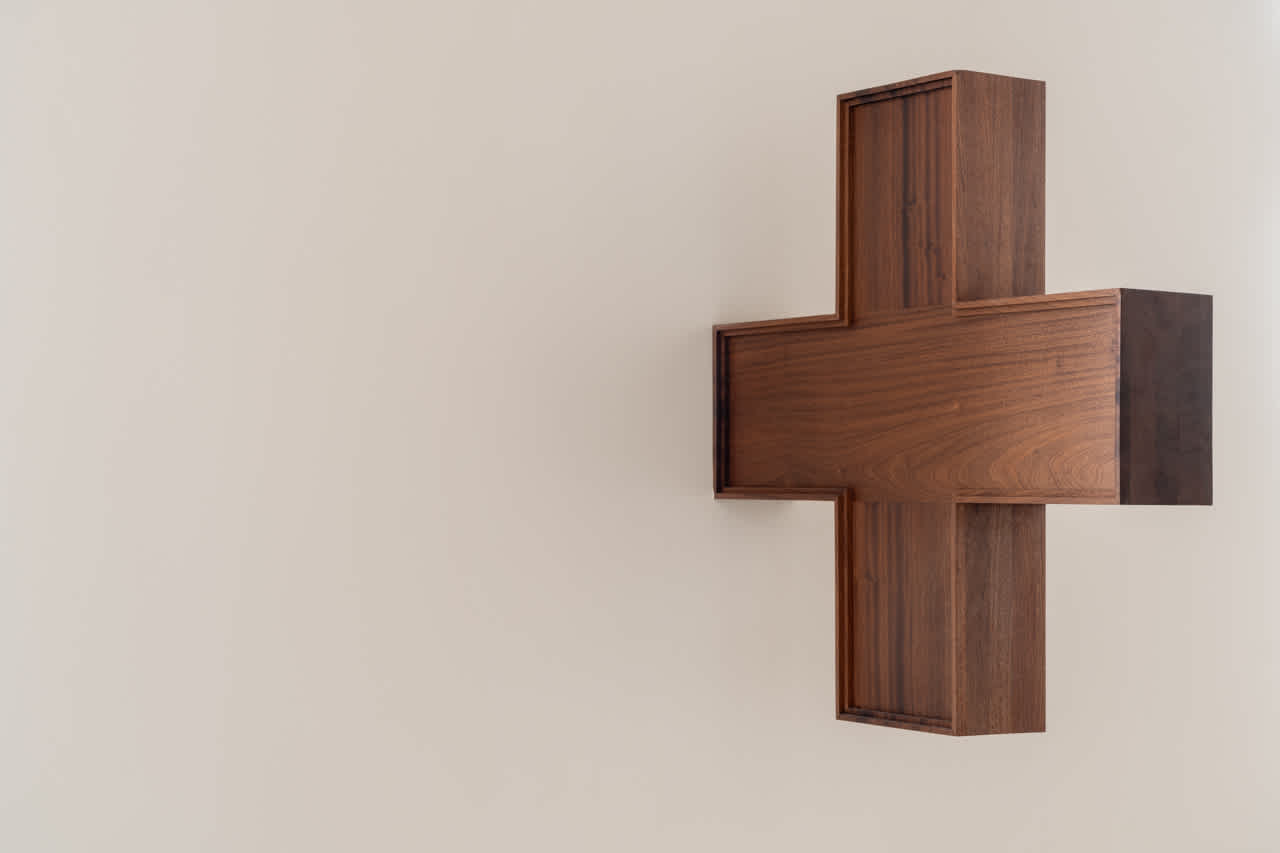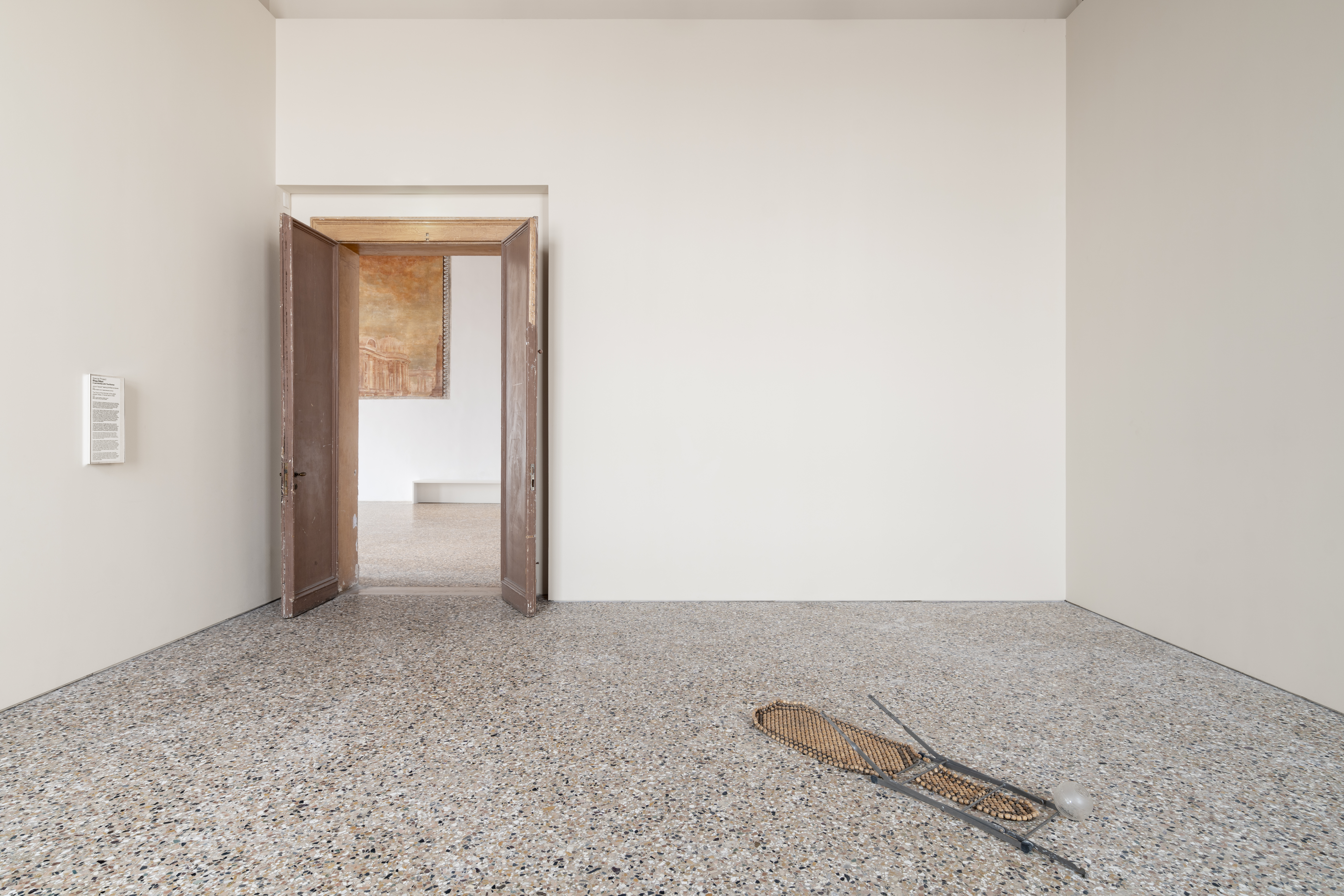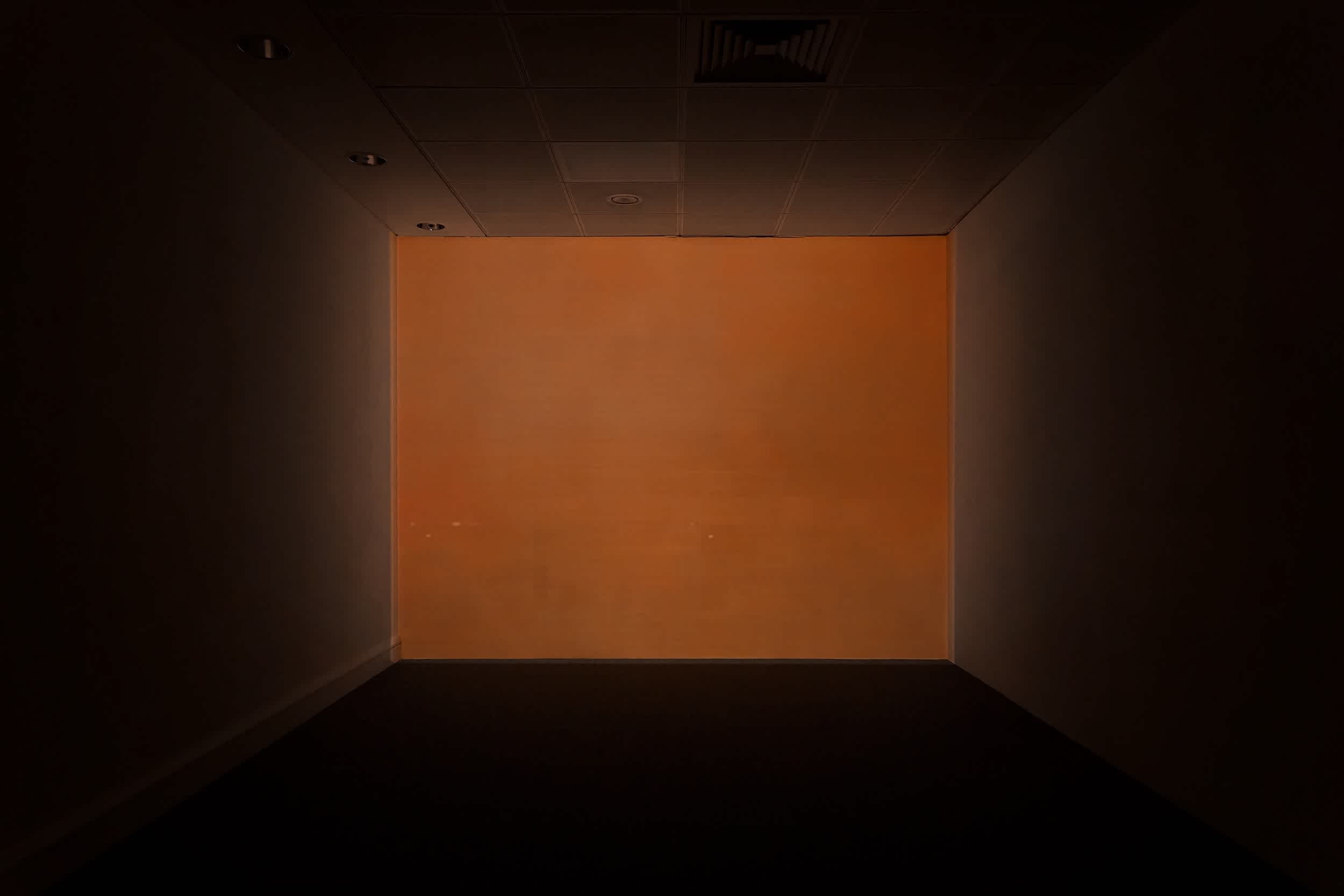
On View: April 20-November 24, 2024
Palazzo Diedo (Cannareggio 2386, Venice, Italy)
Time:
Viewing Hours: 10am–7pm CEST, Thursday–Sunday
The Kitchen Continues to Expand its “Without Walls” Approach to Programming, Presenting Work from the Artist, Writer, and Poet in Venice’s First Major New Space Dedicated to Contemporary Art for More than a Decade
The Kitchen partners with Berggruen Arts & Culture to present work from artist, writer, and poet Rhea Dillon (b.1996; lives and works, London, UK) at Palazzo Diedo, as part of the launch of the new Berggruen Arts & Culture exhibition space (from April 20). Two works by Dillon act as sculptural interventions in the space—an 18th-century building by architect Andrea Tirali, once home to one of Venice’s most powerful families and formerly a primary school and court.
Dillon has described her practice as “playing with ‘rules of representation’ to undermine people’s myths of contemporary Western culture, referenc[ing] the power of harnessing Black people’s natural abstracted existence, and refract[ing] embedded assumptions concerning gender and racial inequalities.”
In Janus pause leaking fortified enclaves, a sapele mahogany cross will slowly drip water onto the floor of Palazzo Diedo throughout the duration of the exhibition. The second work installed in the space is The Door of the Woman is the glass slipper (Atlas, in transit laid to rest), a 2022 sculpture that engages with the history of assemblage.
With this presentation at Palazzo Diedo, The Kitchen expands its relationship with Dillon, having presented her film (Working Title) Browning 2025 (2021) in The Kitchen’s online Video Viewing Room in 2022.
Janus is presented by Berggruen Arts & Culture at Palazzo Diedo in partnership with The Kitchen, with special thanks to Olivier Berggruen, Trustee at The Kitchen and The Kitchen’s Global Council for the special project by Rhea Dillon.


BIO
Rhea Dillon (b. 1996) is an artist, writer and poet based in London. Dillon’s first institutional solo exhibition An Alterable Terrain was recently held at Tate Britain as part of the Art Now series. To accompany this major exhibition a book of the same title was recently published by Tate Publishing. This Spring, the artist will be featured as part of the exhibition Each now, is the time, the space at Lismore Castle Arts, Lismore. Recent exhibitions include The Black Fold at Kevin Space, Vienna (2023); We looked for eyes creased with concern, but saw only veils at Sweetwater, Berlin (2023); The Sombre Majesty (or, on being the pronounced dead) at Soft Opening, London (2022); Real Corporeal at Gladstone Gallery, New York (2022); Love at Bold Tendencies, London (2022); an online screening at The Kitchen, New York (2022); Drawing a Blank curated by Ben Broome, London (2022); Janus at Soft Opening, London (2021); Pressing at Division of Labour, Salford (2021); Dishwater and No Images as part of Distant Peak at Peak Gallery, London (2020); No Man is an Island at Almine Rech, London (2020) and Uchronia et Uchromia online at External Pages (2020). Dillon was an artist in residence at Triangle - Astérides, Marseille and previously at V.O. Curations, London, which culminated in a solo exhibition, Nonbody Nonthing No Thing and the publishing of poetry chapbook, Donald Dahmer (both 2021). The artist presented Catgut – The Opera as part of Park Nights 2021 at the Serpentine Pavilion, a publication of the same title was recently published.
About Berggruen Arts & Culture/Palazzo Diedo
Over the last two years, Berggruen Arts & Culture has completed a major restoration of Palazzo Diedo, sympathetic to its history while readying it for a new beginning as a space of creativity and inspiration. Two significant fresco cycles and a Roman capricci - a scene that combines historical and fictional elements - by Francesco Fontebasso (1707-1769) and Costantino Cedini (1741-1811) have been fully restored. In 2022, Sterling Ruby presented the first project at Palazzo Diedo, a facade-based sculpture called HEX, installed before the completion of the restoration.
Established by Berggruen Arts & Culture, a charitable foundation set up by collector and philanthropist Nicolas Berggruen, Palazzo Diedo aims to deepen the connection between contemporary art and the past, and between East and West. It will host artist residencies, exhibitions, events, film and performance across five levels and a total area of 4,000 square metres.

